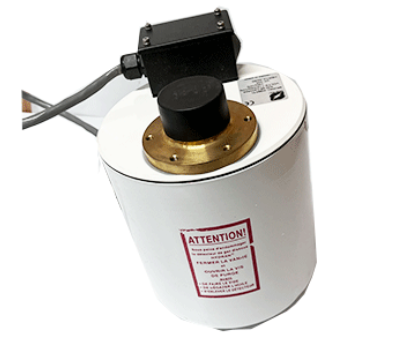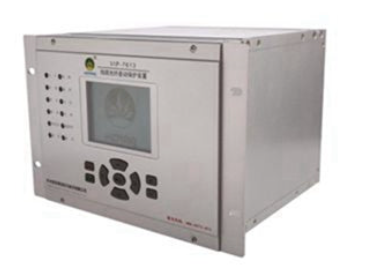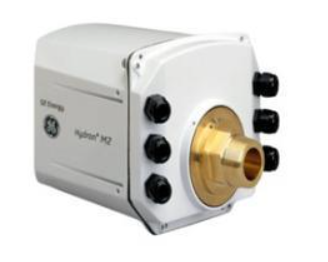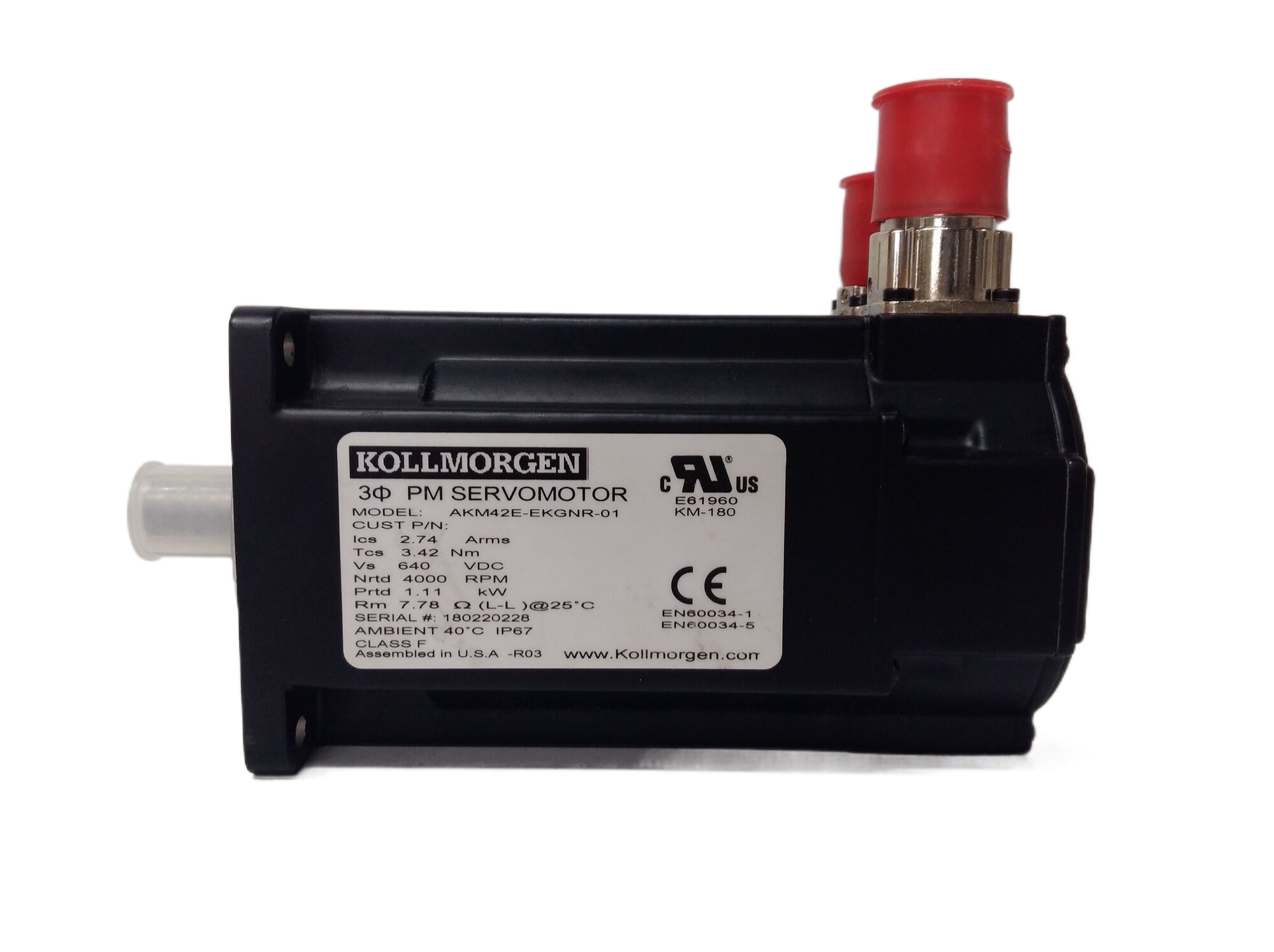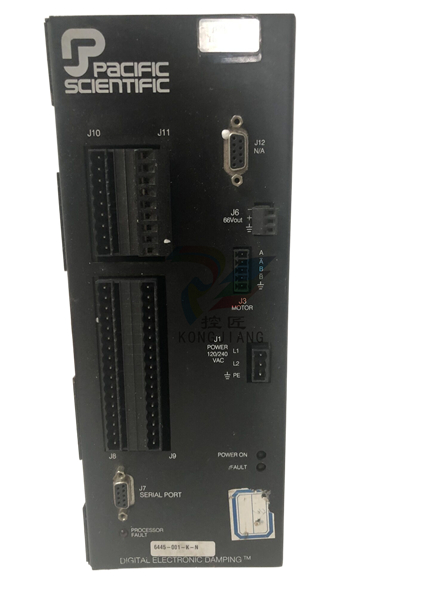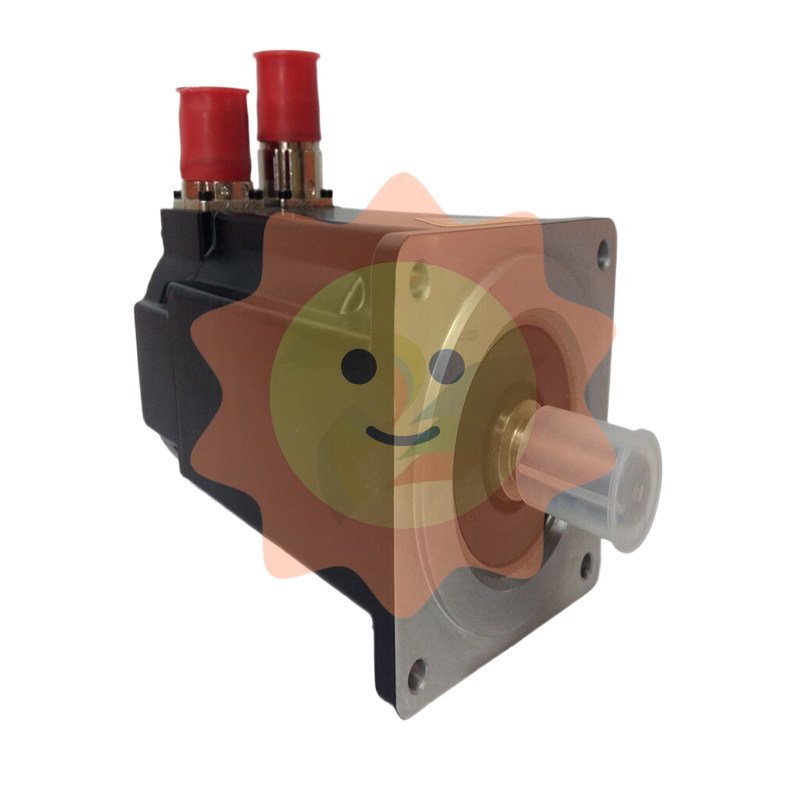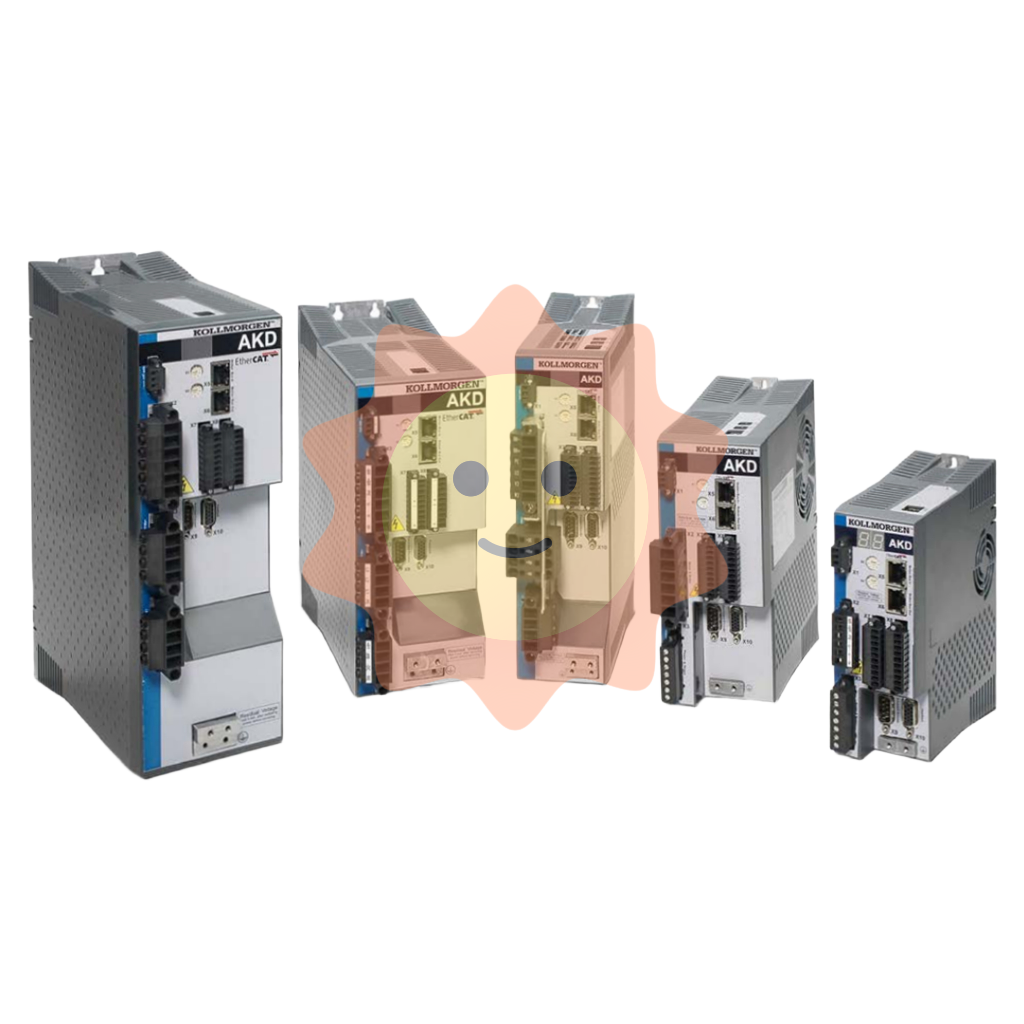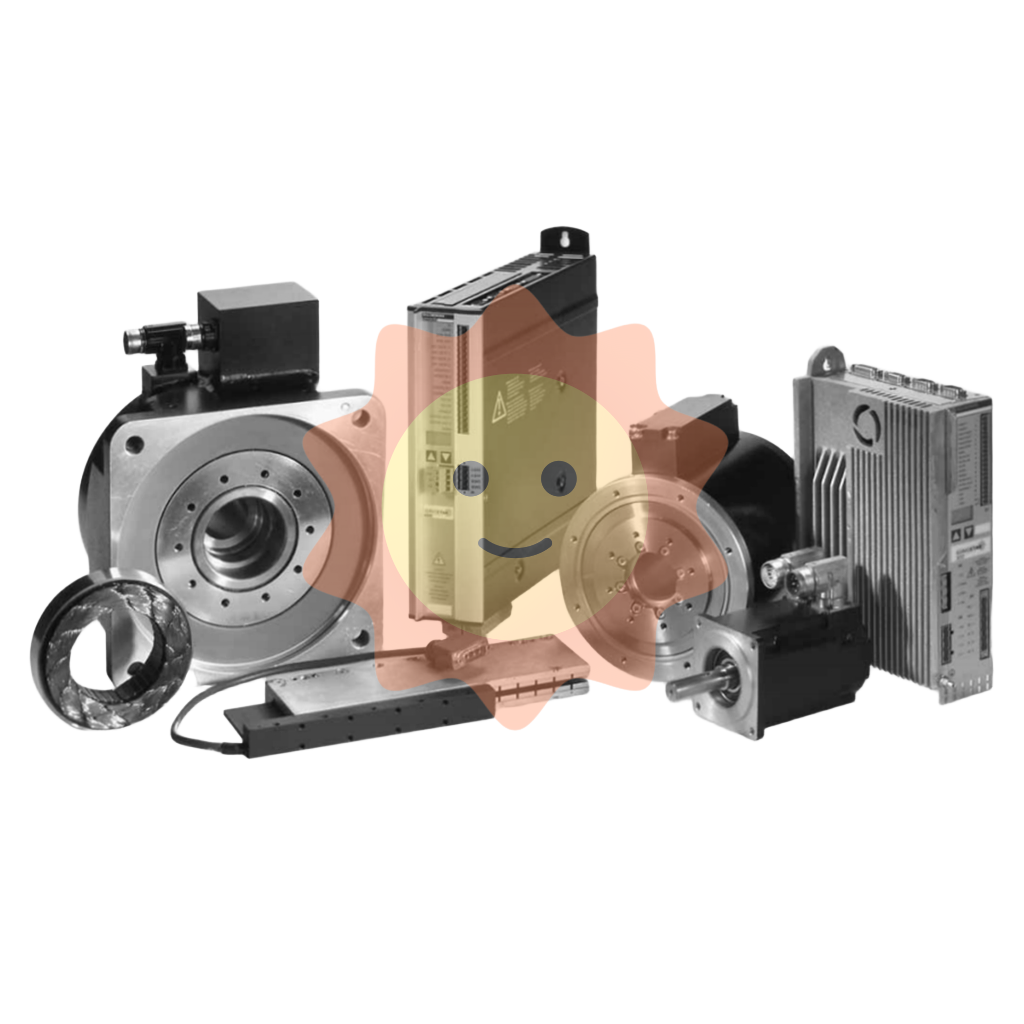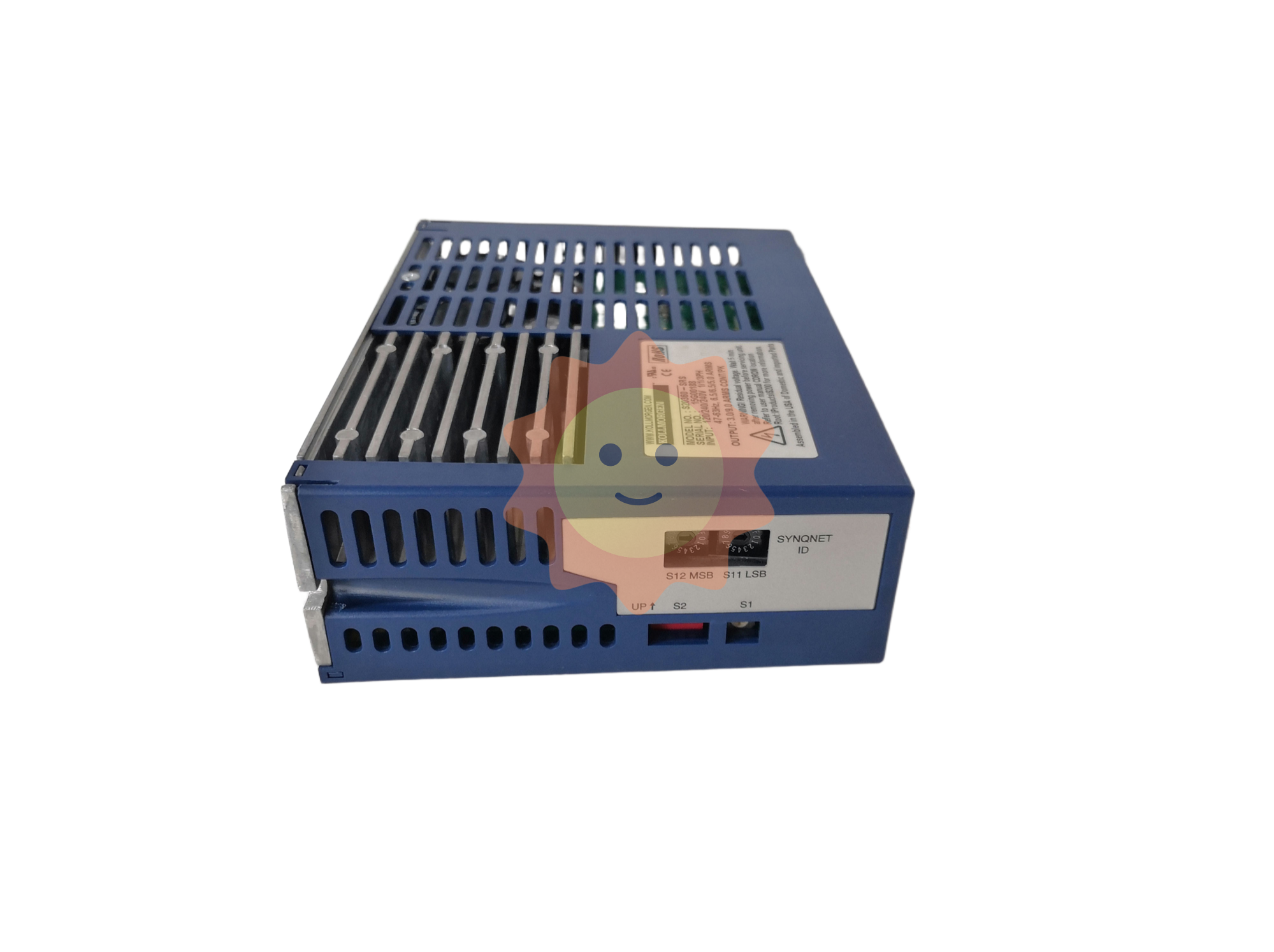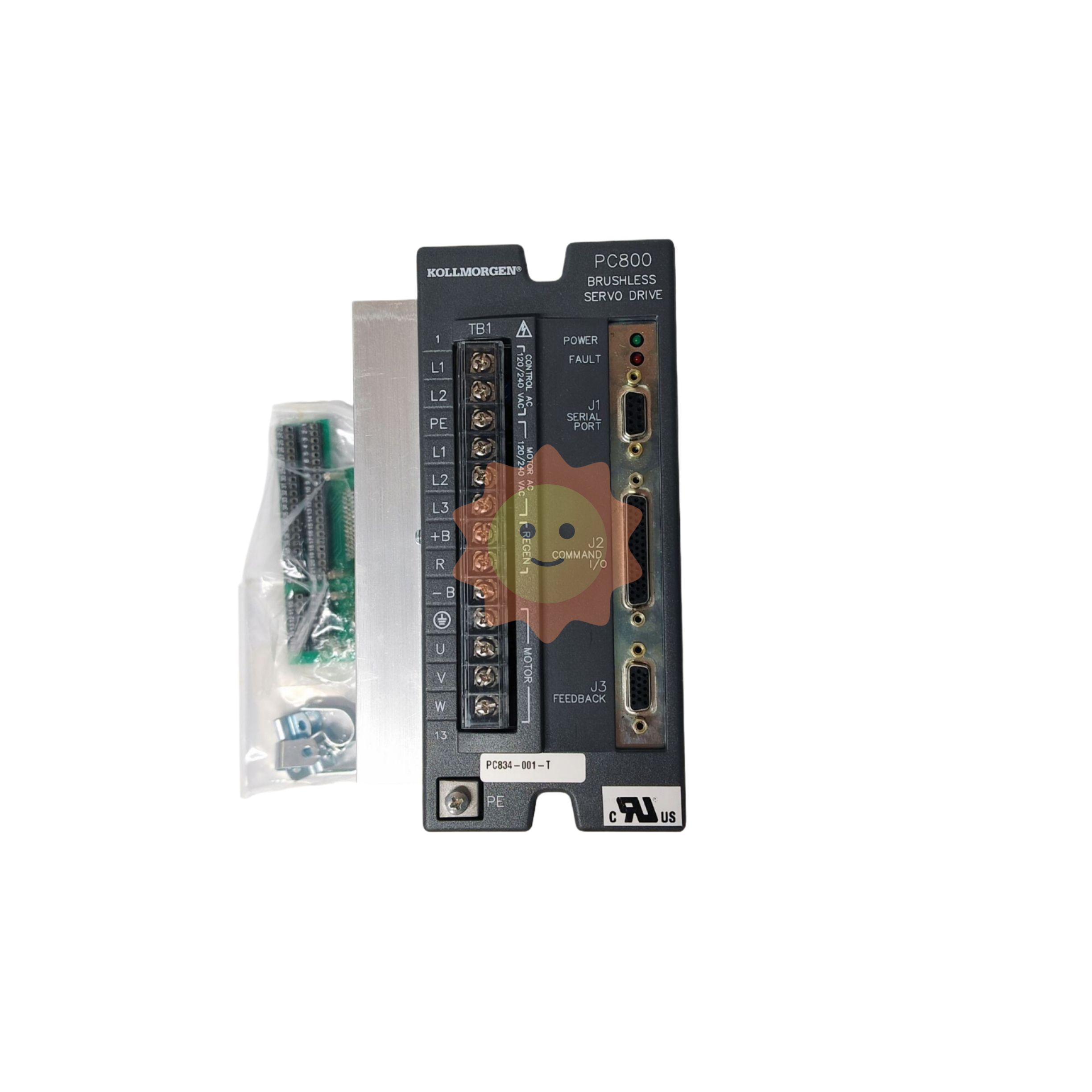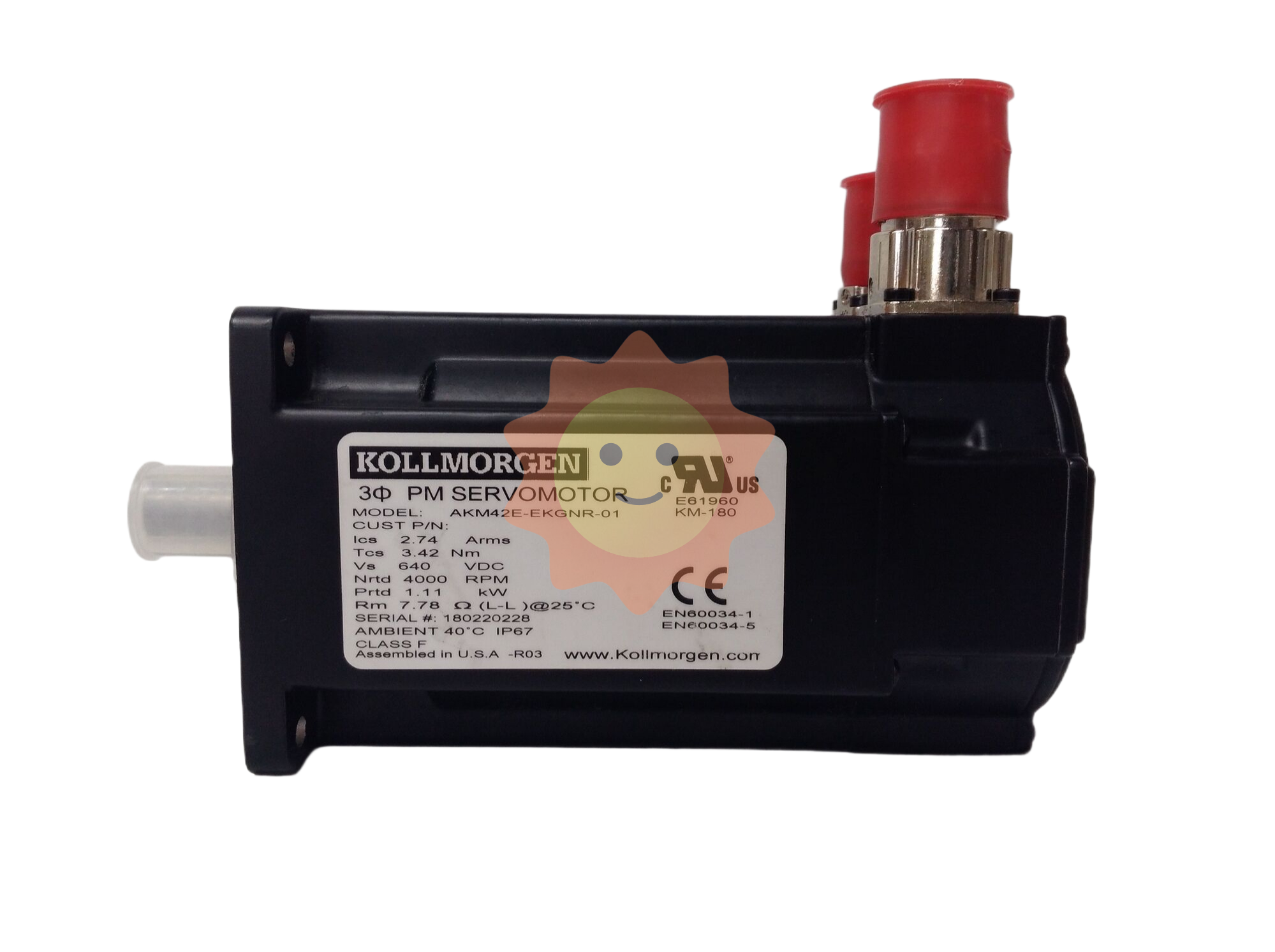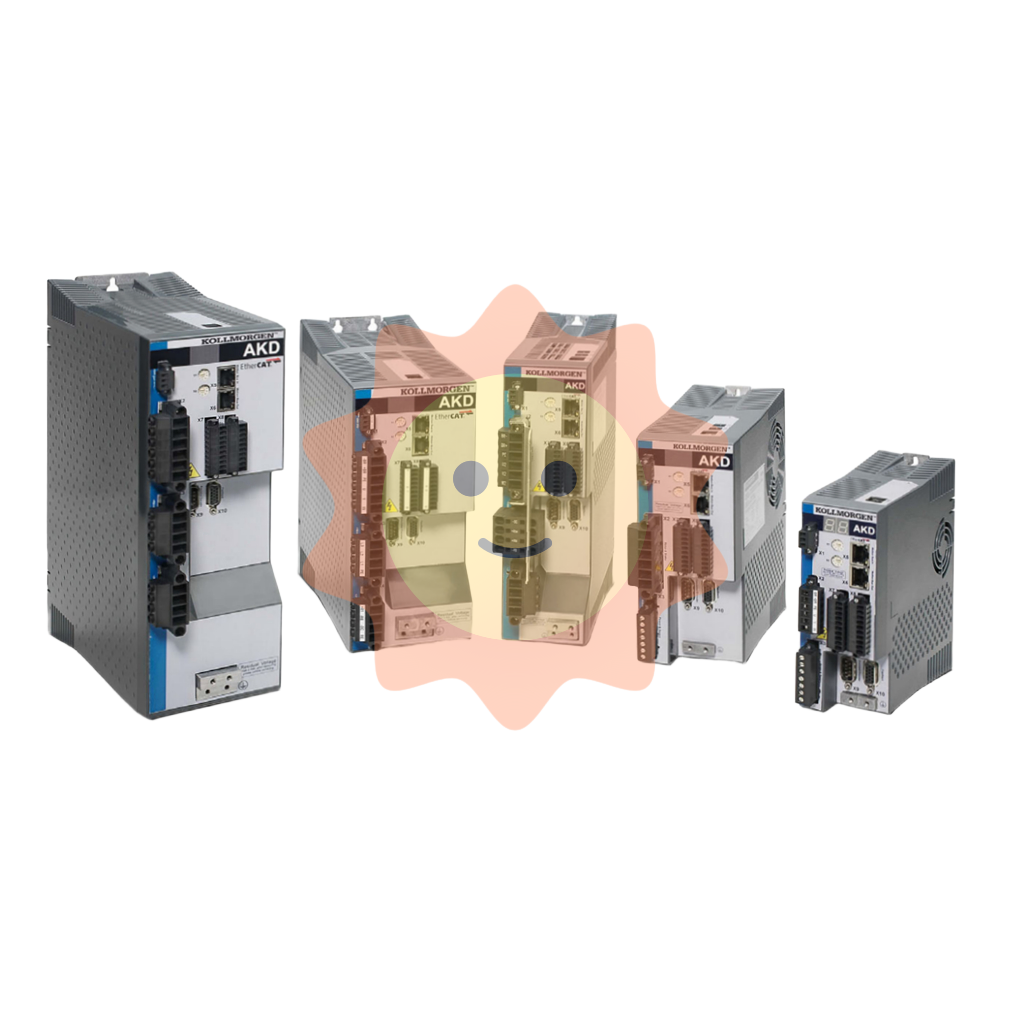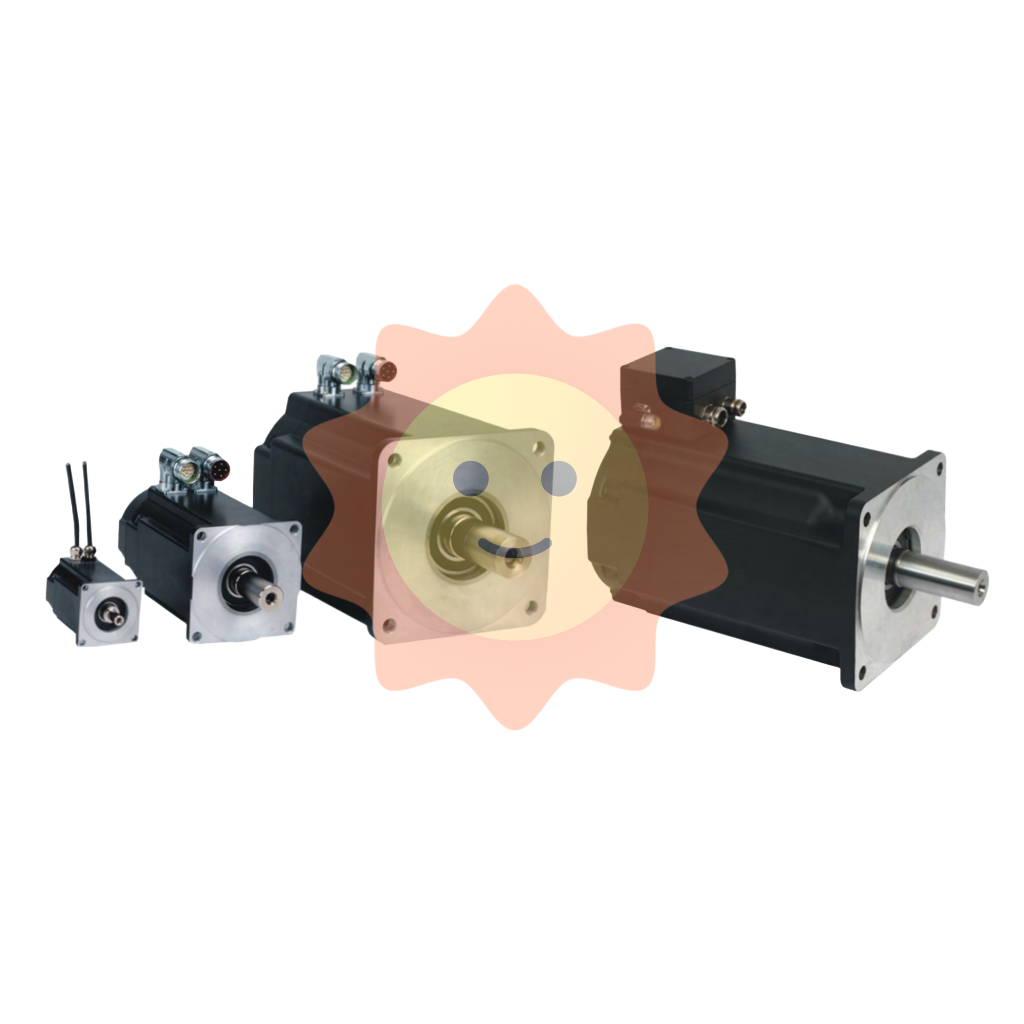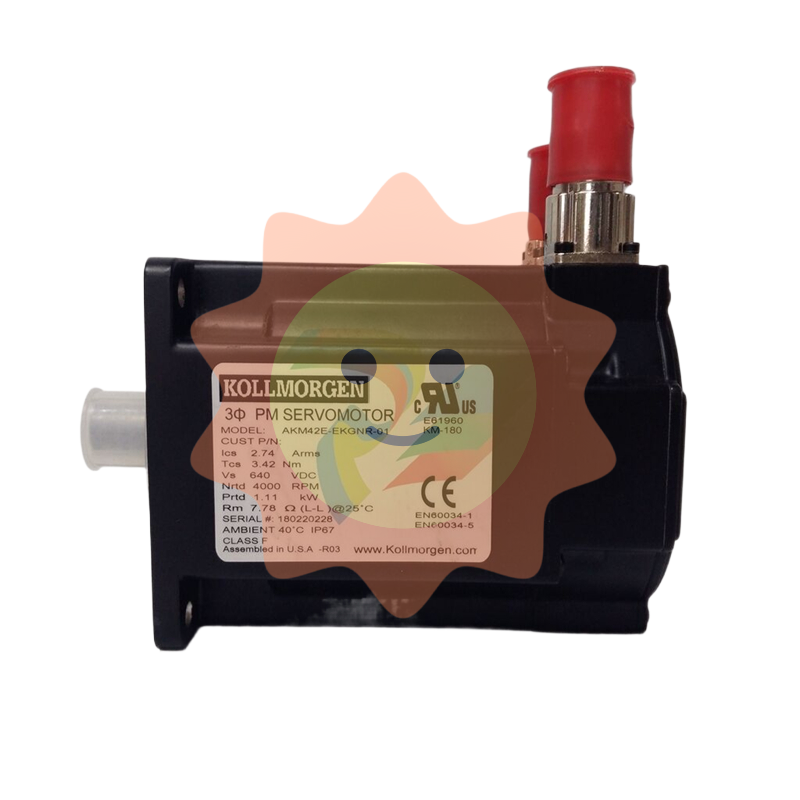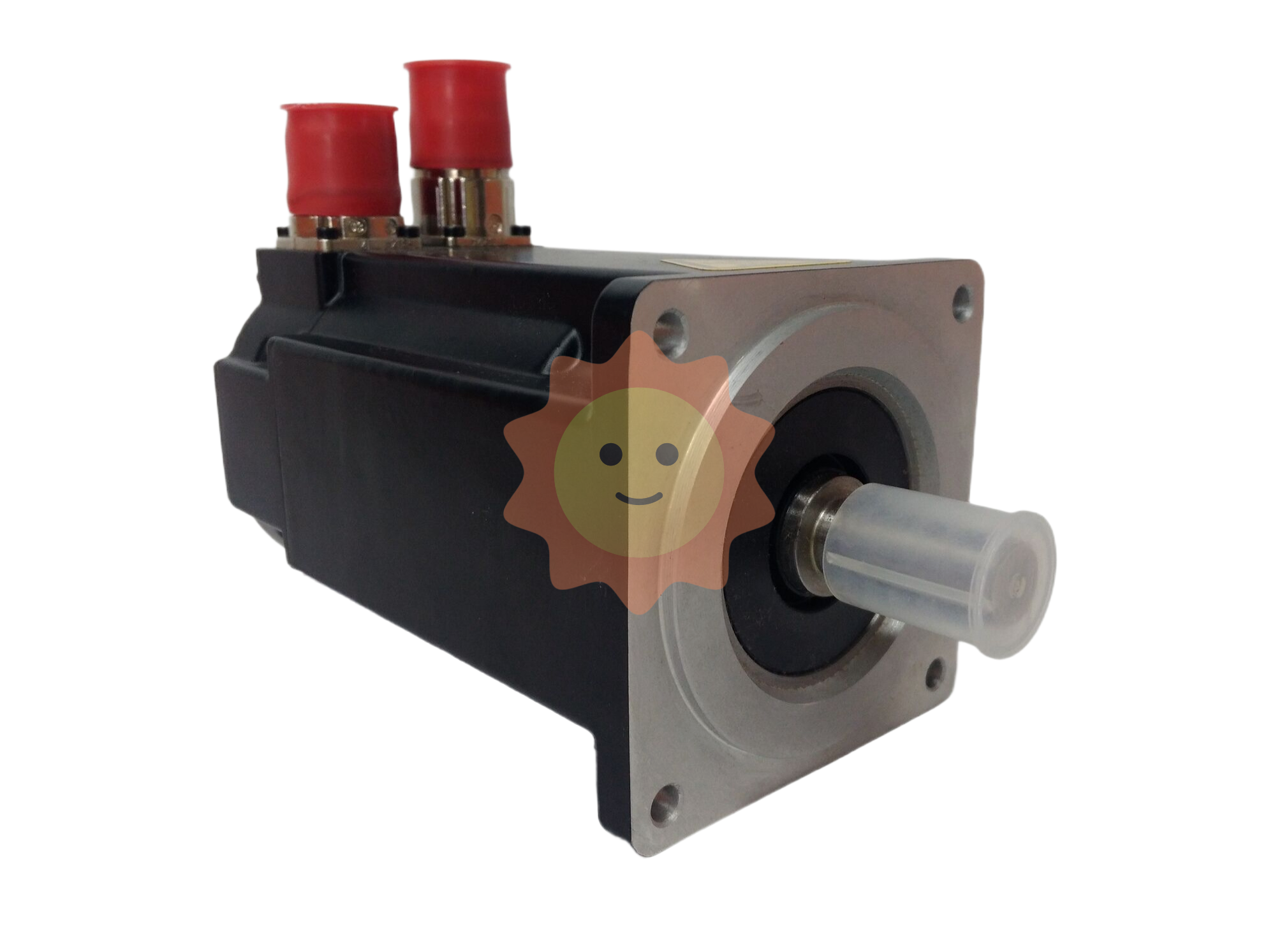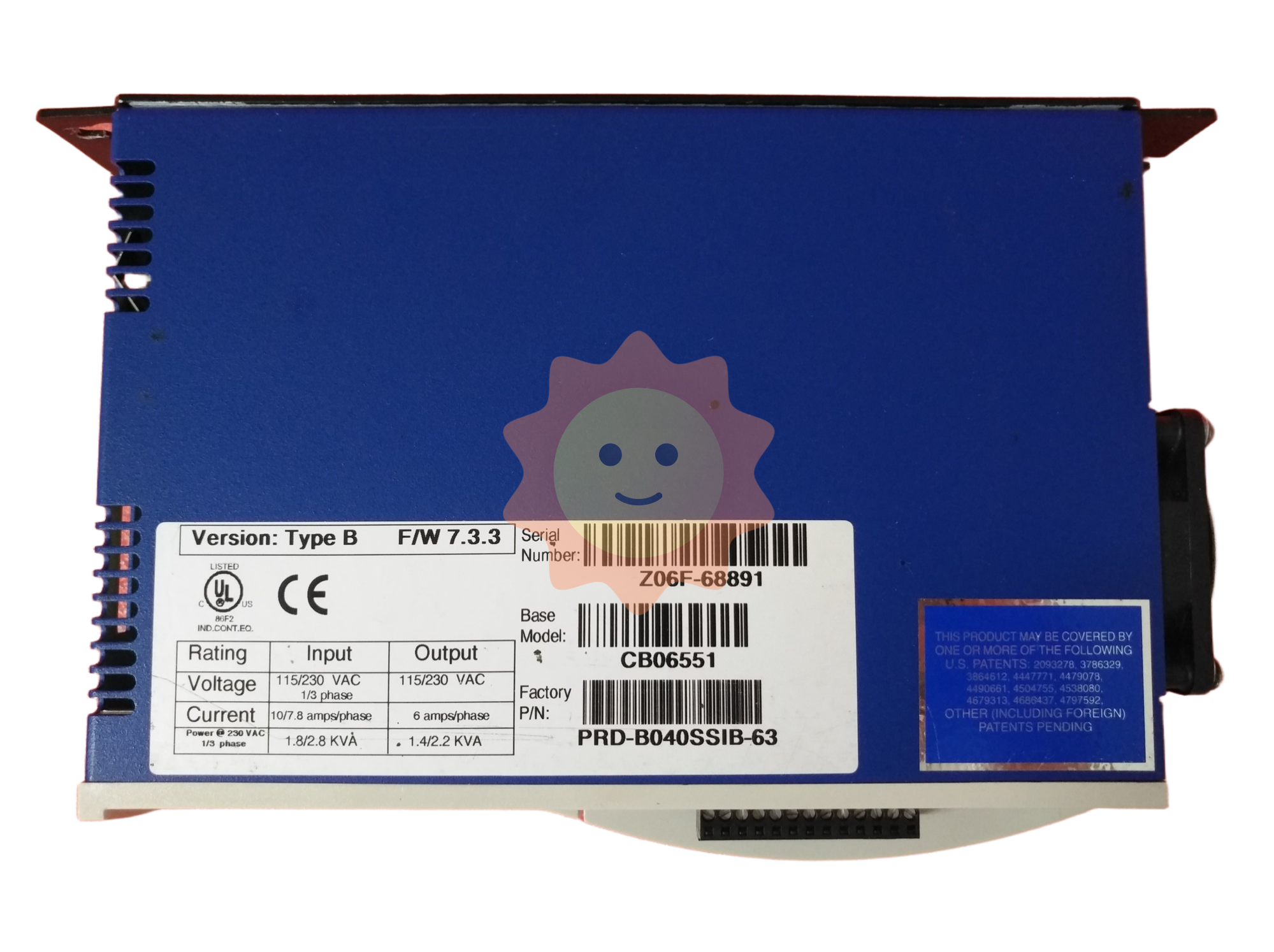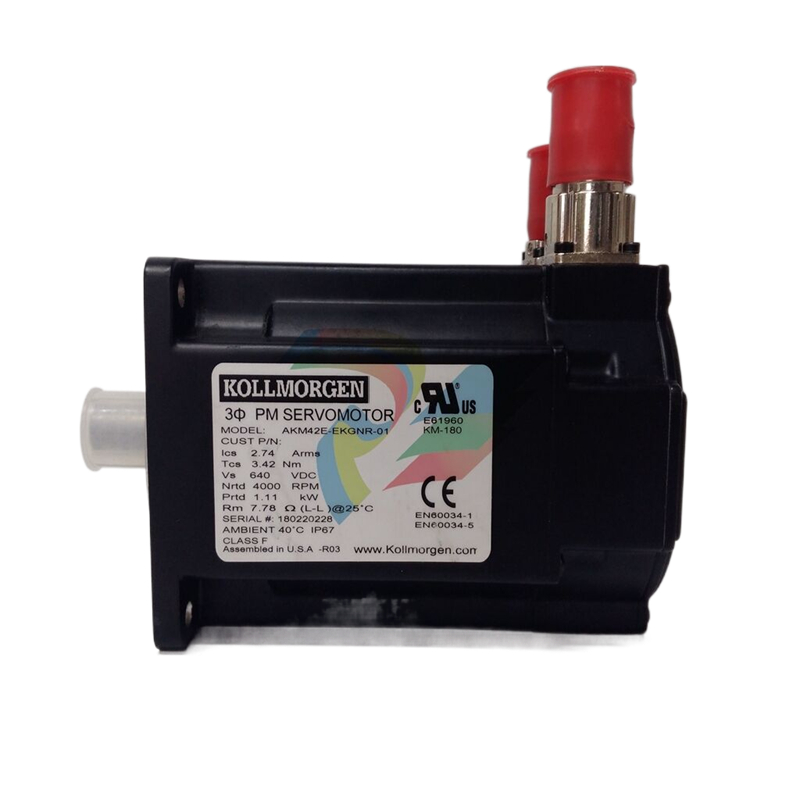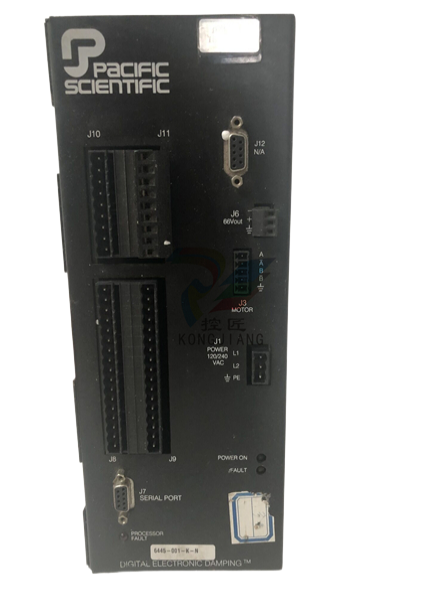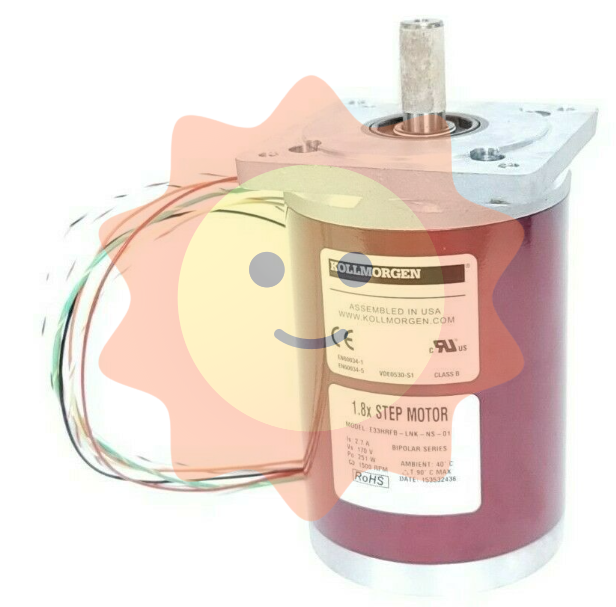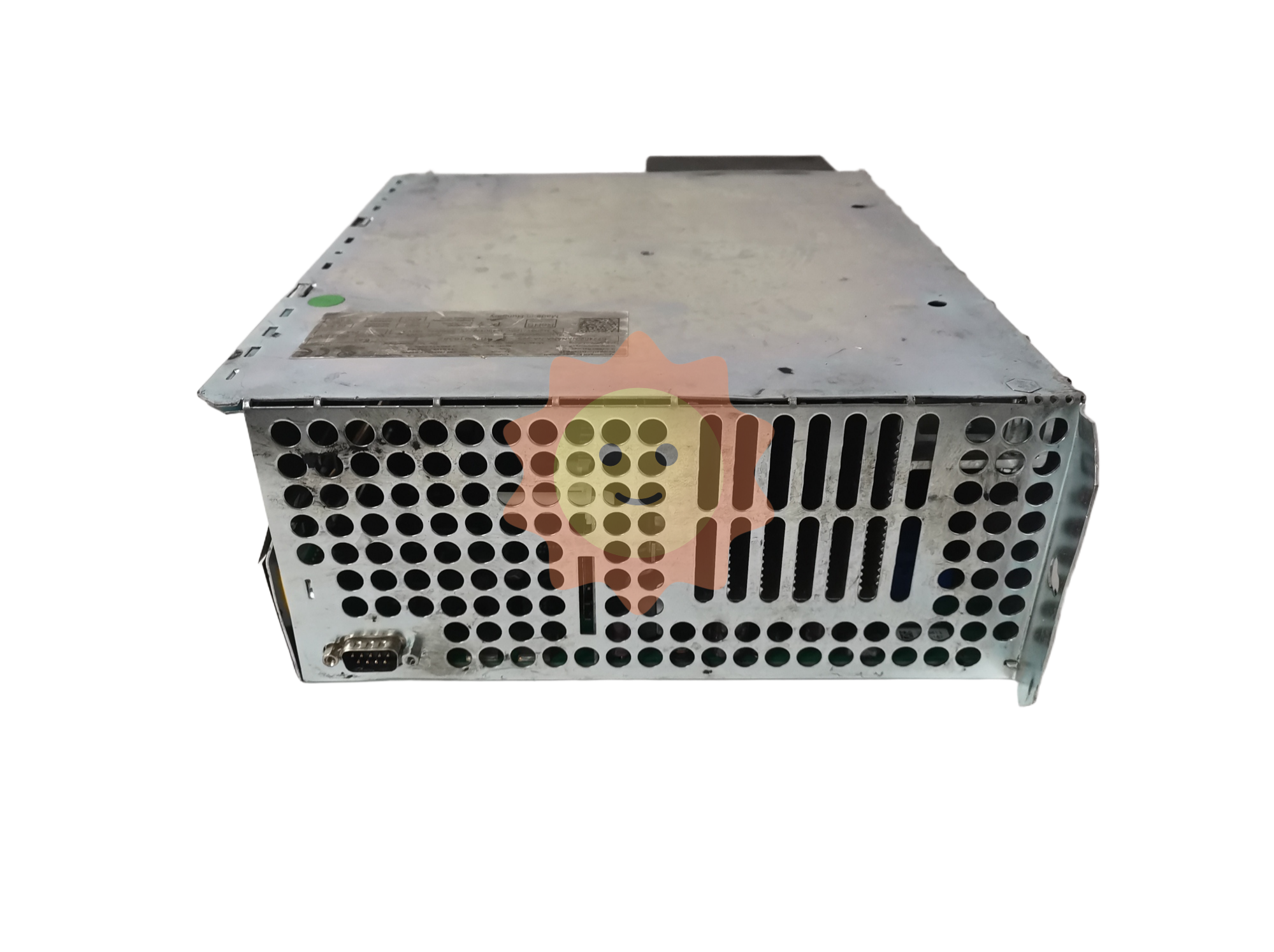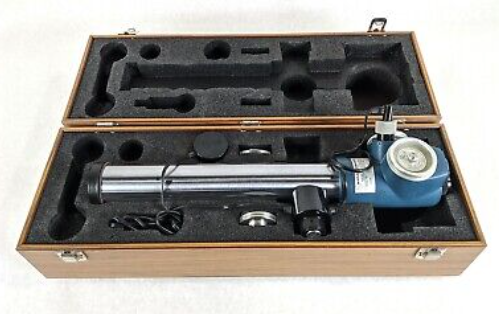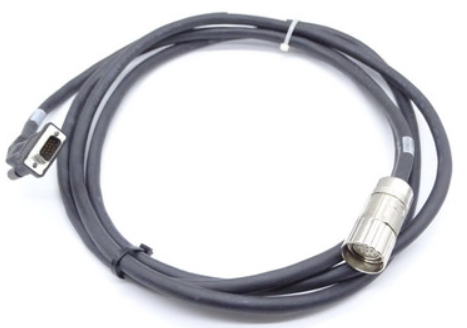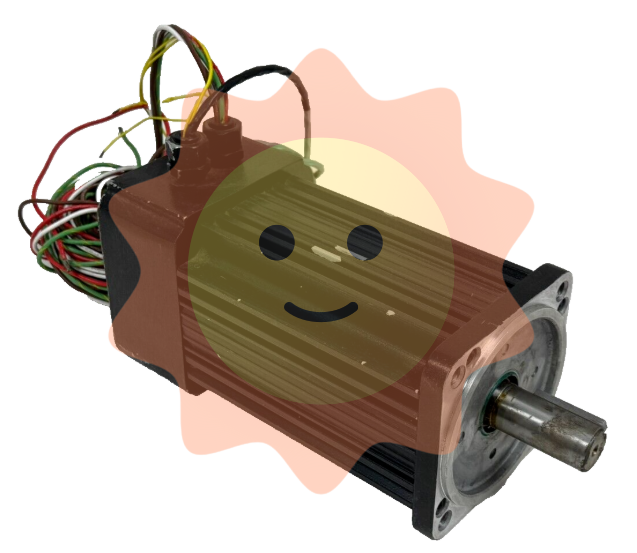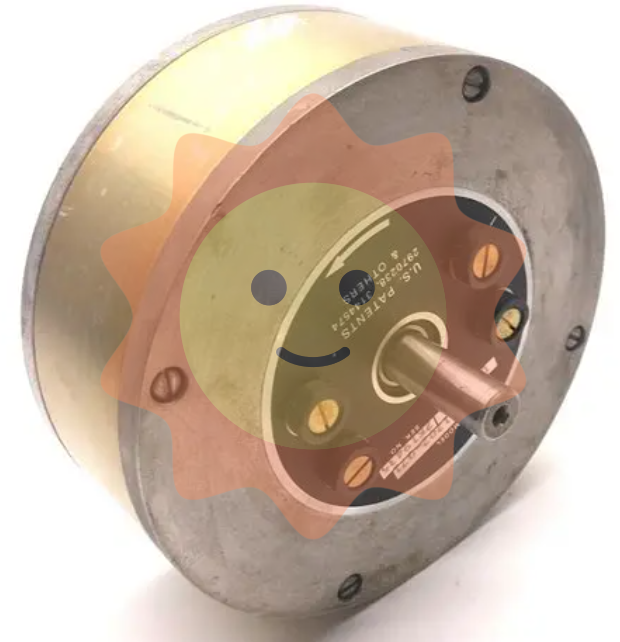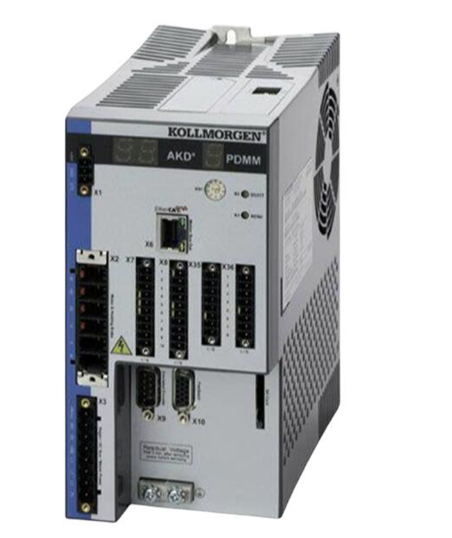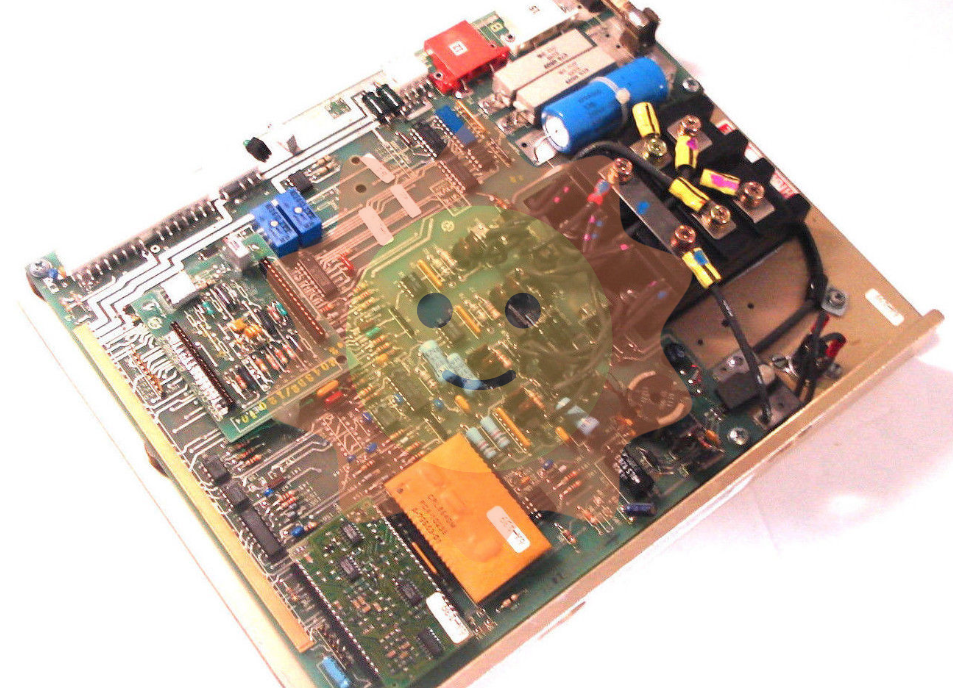Hydrogen production from biomass by low temperature electrolysis
When FeCl3 is used as a catalyst, the products identified in the solution include phthalic anhydride, 4-methylbenzaldehyde, vanillin, benzoic acid, and other chlorine-substituted chemicals. Further analysis by two-dimensional nuclear magnetic resonance technique (heteronuclear single quantum coherence spectroscopy, HSQC NMR) showed that only a very small number of β-beta bonds were detected in the resin alcohol structure after POM oxidation, indicating that most of the ether bonds (β-5 and β-O-4) in the lignin molecules had been destroyed. For the lignin solution oxidized by FeCl3, no ether bond was observed. Therefore, the ether bonds in the lignin structure can be effectively destroyed by PMo12 and FeCl3 catalysts.

2. Strengths and Challenges
Compared with traditional electrolysis methods, this novel PEM electrolysis method mediated by POM or FeCl3 has the following advantages:
(1) Lignin raw materials can be directly oxidized to small molecules by POM or FeCl3 at the anode side under mild conditions (< 100 ℃). Although microorganisms can degrade biomass in microbial electrolyzers to produce hydrogen, they are susceptible to reaction conditions such as pH, temperature, and concentration. In addition, the degree of microbial oxidation of biomass is too low to achieve large-scale hydrogen production. POM or FECL3-mediated electrolysis can oxidize biomass at a faster reaction rate, and the reaction conditions are wide, such as the temperature of 50~120 ℃, pH value of 0.5~6.
(2) The precious metal catalyst in the traditional design (such as Pt or Ir) can be replaced by POM and FeCl3 at the anode. Conventional precious metal catalysts used in PEM electrolyzers can oxidize small alcohols at low temperatures to release hydrogen, but are not active against polymerized biomass. Even for the electrolysis of water, the anode should also be loaded with a precious metal catalyst (such as Ir) to reduce the overpotential generated by the oxygen evolution reaction. For electrolyte-pair mediated PEM electrolysis, the role of the medium (POM or FeCl3) in hydrogen production is to transfer electrons to the anode. Therefore, there is no need for a precious metal catalyst on the anode side, which can significantly reduce the cost of the electrolysis device.
(3) Due to the use of POM or Fe3+ for biomass oxidation, instead of oxygen evolution reaction, thus greatly reducing the electrical energy consumption. Table 2 shows a comparison of different electrolytic cells based on biomass hydrogen production and shows the energy saving advantages of electrolytes for mediated PEM electric resolution of hydrogen.
(4) POM and FeCl3 are chemically and thermally stable, and can be completely regenerated during electrolysis. POM catalysts are resistant to most organic and inorganic contaminants because POM remains structurally stable and self-healing even under harsh conditions. Borras-Almenar et al. pointed out that for reaction mixtures containing substrates and POM catalysts, hundreds of thousands of transformations can be completed without loss of life. In addition, FeCl3 is very stable in acidic reaction solutions. Both POM and FeCl3 can be continuously cycled in the oxidation reaction and anodic oxidation regeneration process of biomass.
(5) POM and FeCl3 are low-cost chemicals. Compared with precious metals or microorganisms with limited life span, which are widely used in conventional electrolysis and fuel cells, POM and FeCl3 are low-cost and suitable for electrolytic hydrogen production.
- EMERSON
- Honeywell
- CTI
- Rolls-Royce
- General Electric
- Woodward
- Yaskawa
- xYCOM
- Motorola
- Siemens
- Rockwell
- ABB
- B&R
- HIMA
- Construction site
- electricity
- Automobile market
- PLC
- DCS
- Motor drivers
- VSD
- Implications
- cement
- CO2
- CEM
- methane
- Artificial intelligence
- Titanic
- Solar energy
- Hydrogen fuel cell
- Hydrogen and fuel cells
- Hydrogen and oxygen fuel cells
- tyre
- Chemical fiber
- dynamo
- corpuscle
- Pulp and paper
- printing
- fossil
- FANUC
- Food and beverage
- Life science
- Sewage treatment
- Personal care
- electricity
- boats
- infrastructure
- Automobile industry
- metallurgy
- Nuclear power generation
- Geothermal power generation
- Water and wastewater
- Infrastructure construction
- Mine hazard
- steel
- papermaking
- Natural gas industry
- Infrastructure construction
- Power and energy
- Rubber and plastic
- Renewable energy
- pharmacy
- mining
- Plastic industry
- Schneider
- Kongsberg
- NI
- Wind energy
- International petroleum
- International new energy network
- gas
- WATLOW
- ProSoft
- SEW
- wind
- ADVANCED
- Reliance
- YOKOGAWA
- TRICONEX
- FOXBORO
- METSO
- MAN
- Advantest
- ADVANCED
- ALSTOM
- Control Wave
- AB
- AMAT
- STUDER
- KONGSBERG
- MOTOROLA
- DANAHER MOTION
- Bently
- Galil
- EATON
- MOLEX
- Triconex
- DEIF
- B&W
- ZYGO
- Aerotech
- DANFOSS
- KOLLMORGEN
- Beijer
- Endress+Hauser
- MOOG


Email:wang@kongjiangauto.com



